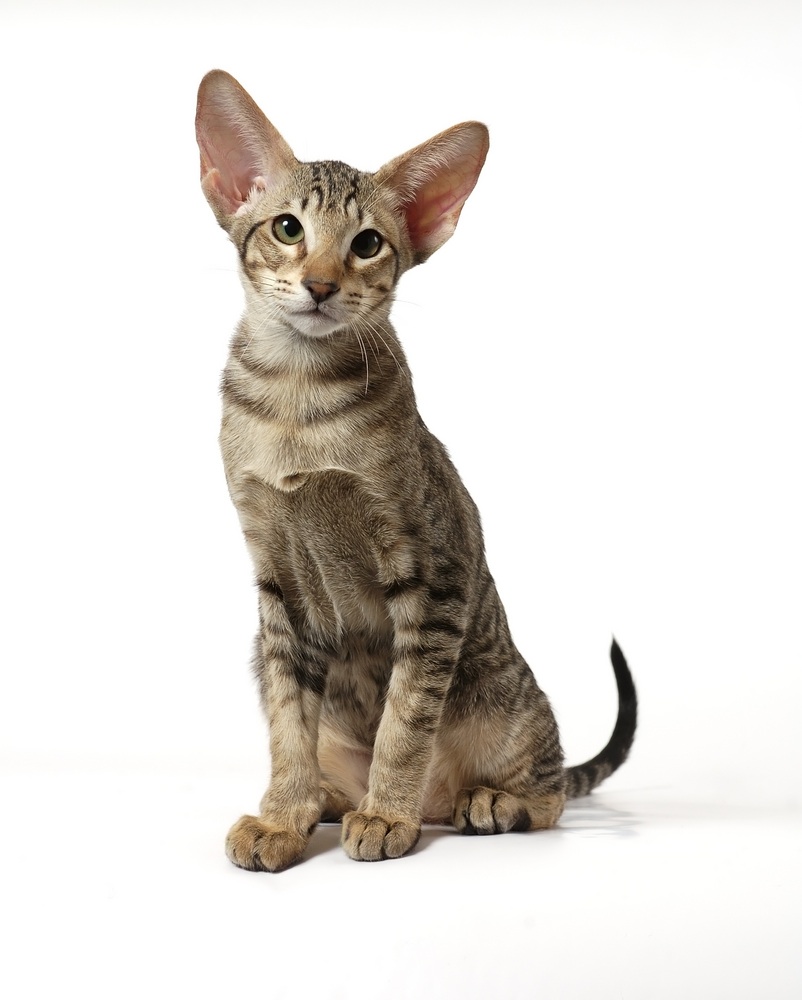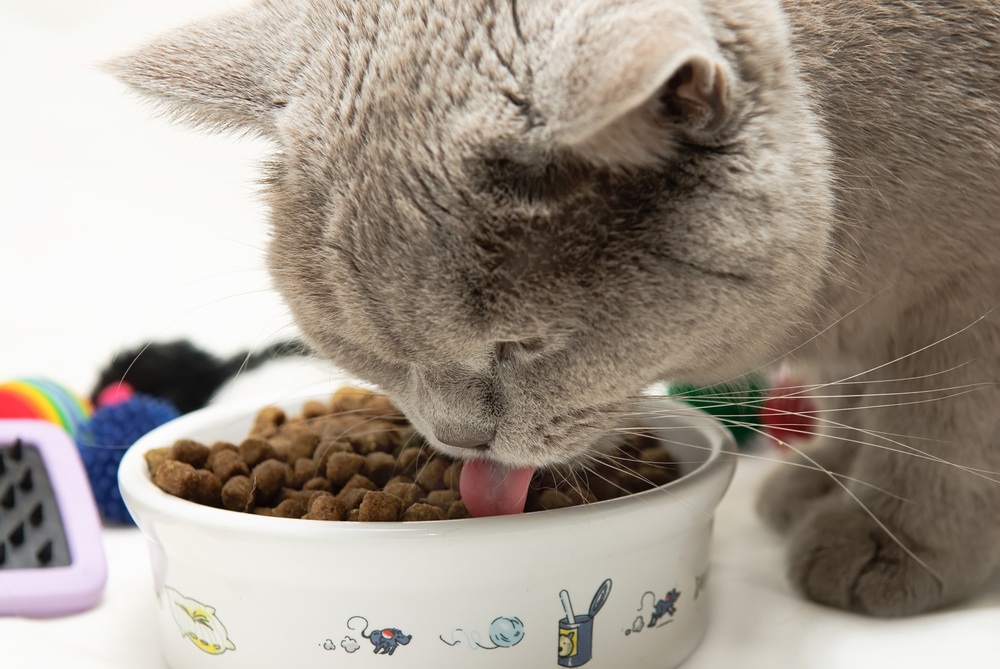What are “lifestage diets” for cats? Is it necessary to use a kitten food?

Lifestage diets have been specially formulated to meet the needs of cats at different points in their lives, from kittenhood through to old age. Kittens for example require a relatively high level of dietary protein to meet their growth rate, and other constituents such as calcium, which is vital for healthy bone development. The size of their mouths also means that it is easier for them to eat smaller pieces of dry food, and so the food has been designed accordingly.
Kitten foods are now widely-used for weaning purposes, which ensures that you will be able to continue offering your kitten its usual diet when you bring your new pet home. This can be very important, because the stress of the move combined with a sudden change of diet mean that young cats can otherwise be very vulnerable to digestive infections in new surroundings. Diarrhoea is much more serious in kittens compared with older cats simply because they are at greater risk of suffering from dehydration, so you should always consult your vet without delay if your kitten falls ill.

Prolonged or repeated cases of diarrhoea can also have long-term consequences, even to the extent of having permanent effects on the growth of a young cat. Long-haired breeds such as Persians are generally slower to wean than breeds such as Orientals (see the tabby example above), but even so, it is generally recommended that no pure-bred cats should go to a new home until they are three months old, although they may well be fully weaned at an earlier stage - typically by two months old.
The usual recommended time to switch from a kitten to an adult diet is when your cat is around six months old. Reduce the risk of any problems simply by mixing the two foods together over the course of a fortnight, gradually increasing the percentage of the adult diet being offered.